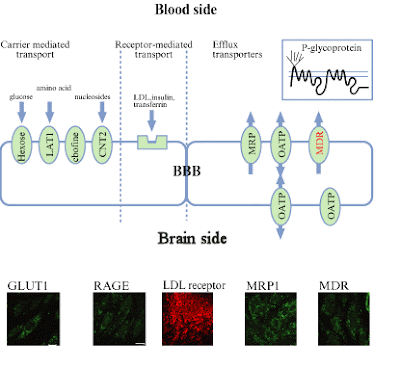Our Stem Cell Markers are widely used and frequently published. These play an important role for understanding the molecular events that take place during the differentiation of human pluripotent cells. They are essential for the protocols aimed at insuring the generation high of quality differentiated cells.
Here's an excellent study on the determining the state of differentiating stem cells: Julio Castaño, Cristina Morera, Borja Sesé, Stephanie Boue, Carles Bonet-Costa, Merce Martí, Alicia Roque, Albert Jordan, Maria J. Barrero. SETD7 Regulates the Differentiation of Human Embryonic Stem Cells. Published: February 18, 2016DOI: 10.1371/journal.pone.0149502...SOX2 (Neuromics GT15098)...
Figure: SETD7 is expressed at very low levels in pluripotent human cells and induced during differentiation.
(A) Average rank of the top 700 most differentially expressed genes between pluripotent (iPSCs or ESCs) and fibroblasts, including those upregulated in pluripotent cells (left panel) and upregulated in fibroblasts (right panel). (B) SETD7 mRNA levels in human ESCs grown under self-renewal conditions (UndES[4]), in vitro differentiated human ESCs (DifES[4]), human fibroblasts (HFF), two lines of human keratinocytes (HEK1 and HEK2) and two lines of iPSCs generated from keratinocytes ([H]KiPS4F and KiPS4F1). Mean and standard deviation of three technical replicates is shown. Induction of SETD7 mRNA levels during ES[4] differentiation was confirmed in more than four independent differentiation experiments. (C) Western blot showing SETD7 protein levels in pluripotent and somatic cells. Loading control beta actin (ACTB) is also shown. (D) Western blot showing protein levels of SETD7, AFP, OCT4 and SOX2 in under self-renewing conditions and in vitro differentiated human ESCs. Loading control alpha tubulin (TUBA) is also shown. One representative experiment out of three is shown. (E) Genomic visualization of the levels of H3K72me3, H3K4me3, H3K4me2, H3K36me3 and RNA polymerase II (Pol II) in the human embryonic stem cell line H1 around the SETD7 gene according to ENCODE. A non-methylated CpG island is depicted in green. (F) Levels of H3K4me2 and H3K27me3 at SETD7 gene promoter region (27 bp upstream of the transcription start site) in pluripotent and somatic cells determined by chromatin immunoprecipitation (ChIP) and ploted relative to the input. IgGs wer used as negative control. Bars show the mean and standard deviation of three independent immunoprecipitations...doi:10.1371/journal.pone.0149502.g001
Neuromics is pleased to provide many different stem cell related options for your cell based assays. I will continue to post updates.







